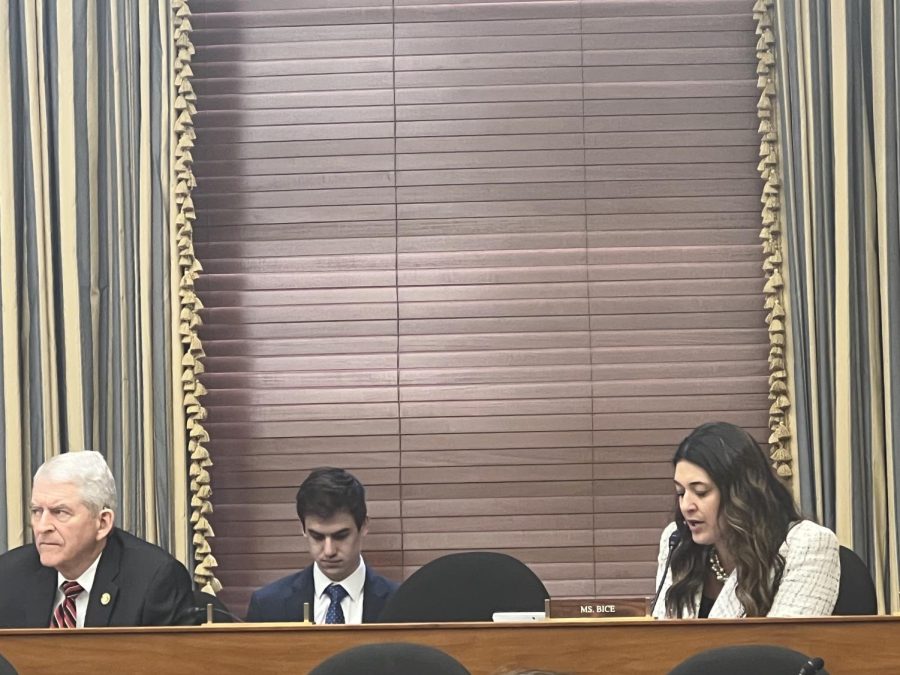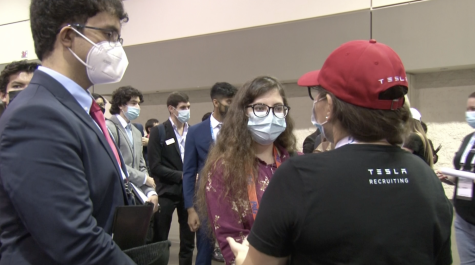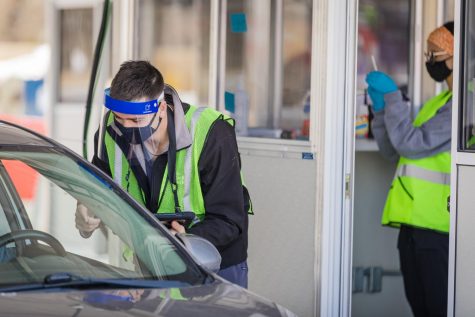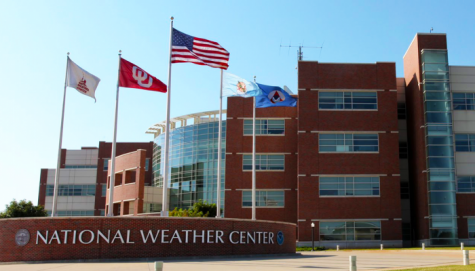Oklahomans taking lead in drone technology and advanced air mobility
U.S. Rep. Stephanie Bice (R-Oklahoma City) comments during a hearing about drone technology. (Gaylord New photo/Gabriela Tumani)
Washington, D.C. — Oklahoma aerospace engineers told members of a U.S. House high tech committee that they are using drone technology and advanced air mobility to leverage aerospace programs within the state’s Native American tribes.
Jamey Jacob, executive director of the Oklahoma Aerospace Institute for Research and Education at Oklahoma State University, was joined Thursday by Sean Casey, chief research and development engineer at Tulsa’s AirWise Solutions Inc.
Also testifying were experts from NASA and the Commercial Drone Alliance,who explained how they are working to advance emerging unnamed aircraft systems (UAS), commonly known as drones, and safely integrate them into the airspace.
The hearing was initially scheduled to be led by Rep, Frank Lucas (R-Cheyenne), chairman of the House Science, Space and Technology Committee but his co-chairman, Rep. Brian Babin (R-Texas), said Lucas had to make a last-minute trip to Oklahoma due to family reasons.
In a relatively crowded room at the Rayburn building right outside the U.S. Capitol, Jacob led the discussion by explaining how Oklahoma State has been a leader in incorporating aerial robotics into areas of public use, such as agriculture, energy, environmental and national defense while working alongside national labs.
“We have used this technology to help spur interest in aerospace and other STEM careers, particularly for K through 12 outreach, underrepresented minorities, including urban areas and tribal nations, leveraging programs within the Choctaw, Cherokee and Osage nations of Oklahoma,” Jacob said.
“(We have provided) new opportunities for the sovereign nations to use this technology to support their tribal members and develop new entrepreneurial activities within their borders and support their federal customers.”
Jacob said government funding has been essential in pushing drone technology from the laboratories to end-user adoption as well as supporting programs and initiatives that use drones.
Public—private partnerships are crucial for this advancing technology, Jacob said.
He said researchers are working on OSU’s latest innovation, the LaunchPad Center of Advanced Air Mobility, which features novel programs to support small business innovation and provide unique flight-testing solutions for drone technology development.
Casey mentioned the war in Ukraine, with the emergence of drone technology as a force multiplier, as well as advanced technology in China, to stress the importance of the United States continuing to invest in drone technology and advanced air mobility.
“We believe that American small business fully encapsulates the actual need for U.S. manufacturing development, and the entrepreneurial spirit of the proposed bill isn’t questionable,” Casey said.
Representatives from NASA and the Commercial Drone Alliance said the country needs to be at the forefront of drone technology, since other countries have increasingly advanced technologies in the aerospace industry.
Job creation, weather forecasting and benefits to the economy, healthcare and national security are among the strengths they said air technology can bring to the nation.
Rep. Stephanie Bice (R-Oklahoma City). asked how the U.S. compares to other nations in advanced manufacturing of UAS.
“If you look across the broad spectrum, not only just manufacturing but also research, I would say the U.S. is still at the forefront in terms of how we’re using the autonomous systems, developing the avionics, the controllers, the fly algorithms, and artificial intelligence into much broader applications,” Jacob said.
Witnesses said if the United States is to continue as a global leader in aviation, there needs to be collaboration from Congress and the federal government to work with the advancing technology.
“I believe we’re in a new golden age of aviation, with the introduction of new technology, in this case autonomy and electrification, that will have a tremendous impact on the U.S. and how individuals use aerial transportation for travel and commerce,” Jacob said.
Gaylord News is a reporting project of the University of Oklahoma Gaylord College of Journalism and Mass Communication. For more stories by Gaylord News go to GaylordNews.net.

Back in Oklahoma and across the country, Gabriela has been involved in multiple journalism roles. She worked as a reporter for OU Daily, a host for the KGOU radio, participated in the News21 investigative program in Phoenix, AZ, interned at KOCO 5 News in Oklahoma City, and works as a reporter for OU’s student-led newscast, OU Nightly, also providing content in Portuguese and Spanish.
Gabriela loves to write and produce stories that pertain to the international community with the hopes of one day becoming an international news correspondent.





